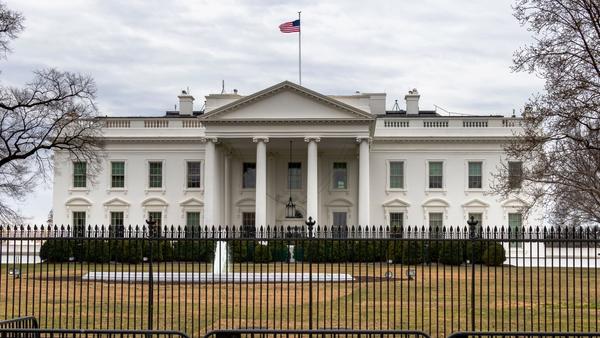Startups Are Hiring Less and Raising More
AI may be scaling, but startup teams aren’t
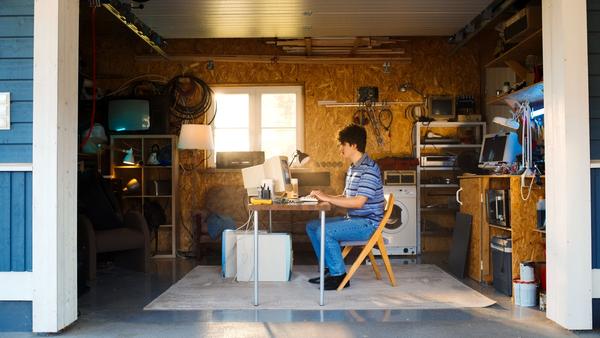
Series A tech startups are raising many more dollars per employee than they were several years ago, with smaller headcounts. While in 2020 Series A rounds typically amounted to about $160k per employee, this number now stands at more than $320k per employee in 2025.
AI startups have been able to raise the most Series A funding per employee as they redefine the future of work.
Moreover, hiring rates following Series A funding are several percentage points lower in 2024 and 2025 collectively than they were in 2020 through 2022, indicating that new startups may continue to stay leaner than in years past.
As debate continues over the extent of AI’s impact on the overall labor market, the workforces of startups—many of which themselves are developing this technology—can offer valuable insights. Recent media coverage and research suggest that while AI may not yet be replacing jobs outright, it’s making existing workers productive enough that fewer are needed, in part by automating many routine tasks. Amid growing interest in startups leveraging AI, we use Revelio Labs workforce data this week to examine trends in startup funding and team size.
Looking at Series A funding over the past several years, we find that US-based tech startups are raising significantly more capital per employee than before. In 2020, Series A rounds typically amounted to about $160k per employee, compared to more than $320k per employee in 2025. The upward trend has been steady except for in 2023, when median funding size dropped.
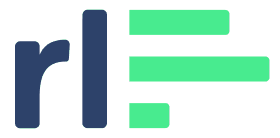
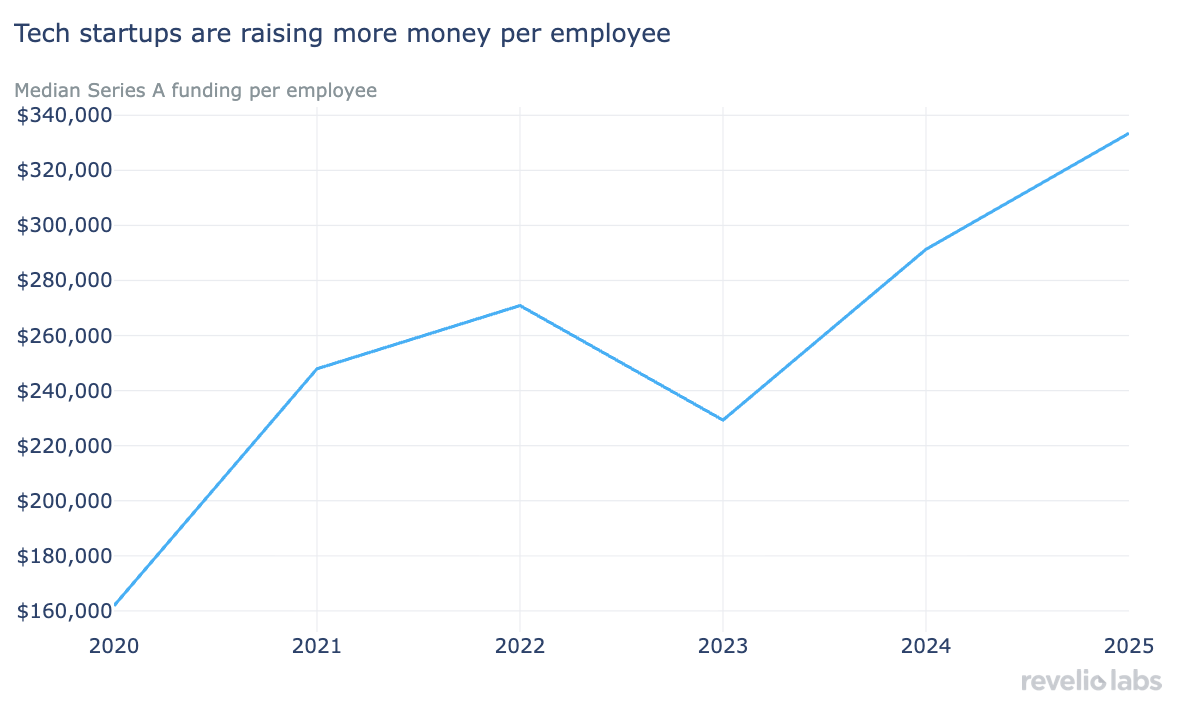
While much of this trend is driven by an overall increase in median funding—from $10M in 2020 to $15M in 2025—a growing venture capital preference for leaner teams may also be a factor. The median headcount of Series A startups has also shrunk in recent years, falling from 57 employees in 2020 to 44 in 2024. Currently, it stands at 47 so far this year. This smaller team size may partly reflect startups’ increasing use of automation and AI-enabled tools allowing them to accomplish more with leaner workforces: in other words, substituting capital for labor while still maintaining or even increasing productivity.

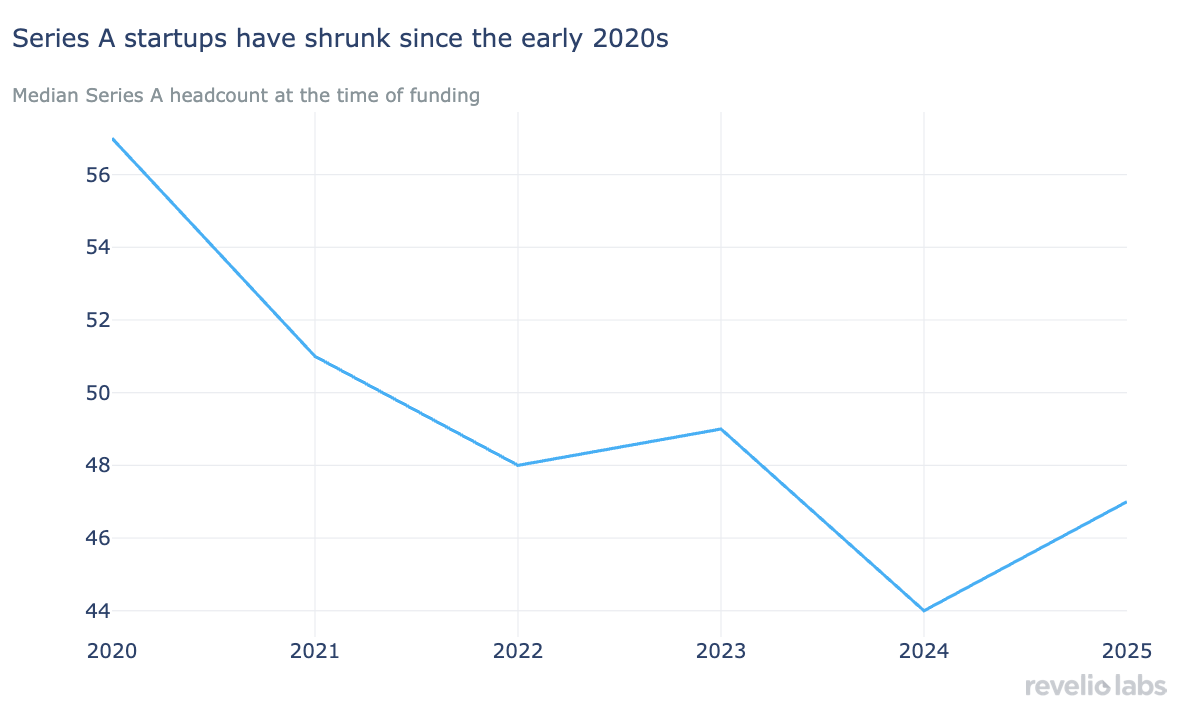
Sign up for our newsletter
Our weekly data driven newsletter provides in-depth analysis of workforce trends and news, delivered straight to your inbox!
Using Revelio Labs’ Industry Classification System, we can identify which parts of the tech industry are driving the latest rise in Series A funding per employee. Consistent with evidence that AI may require fewer workers and growing investor optimism around the technology, we find that AI startups attract the most funding per employee during Series A funding rounds, followed closely by cybersecurity startups.

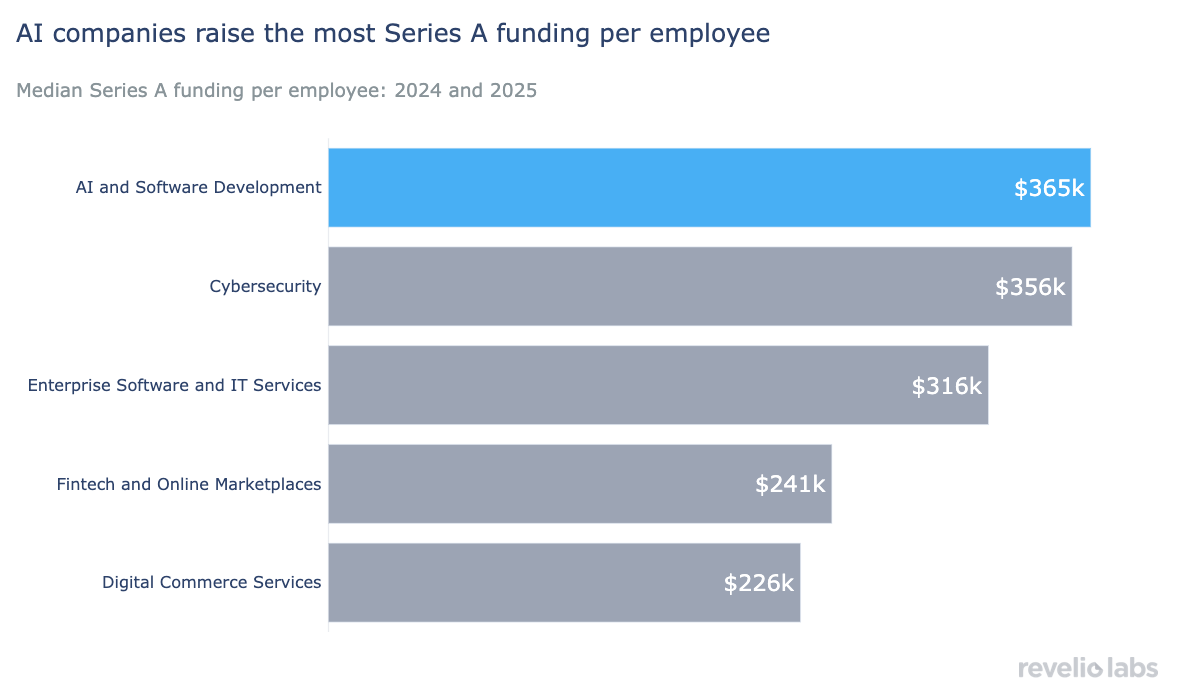
Although startups are hiring more slowly ahead of Series A rounds than in previous years, what happens after funding is secured? We find that while hiring does pick up after, and in the months leading up to, a funding announcement, it remains muted relative to years past, reflecting a broader shift towards leaner operations. This shift indicates that returns to additional hires may be declining relative to the payoffs from leaning into AI, automation, and other technical infrastructure.

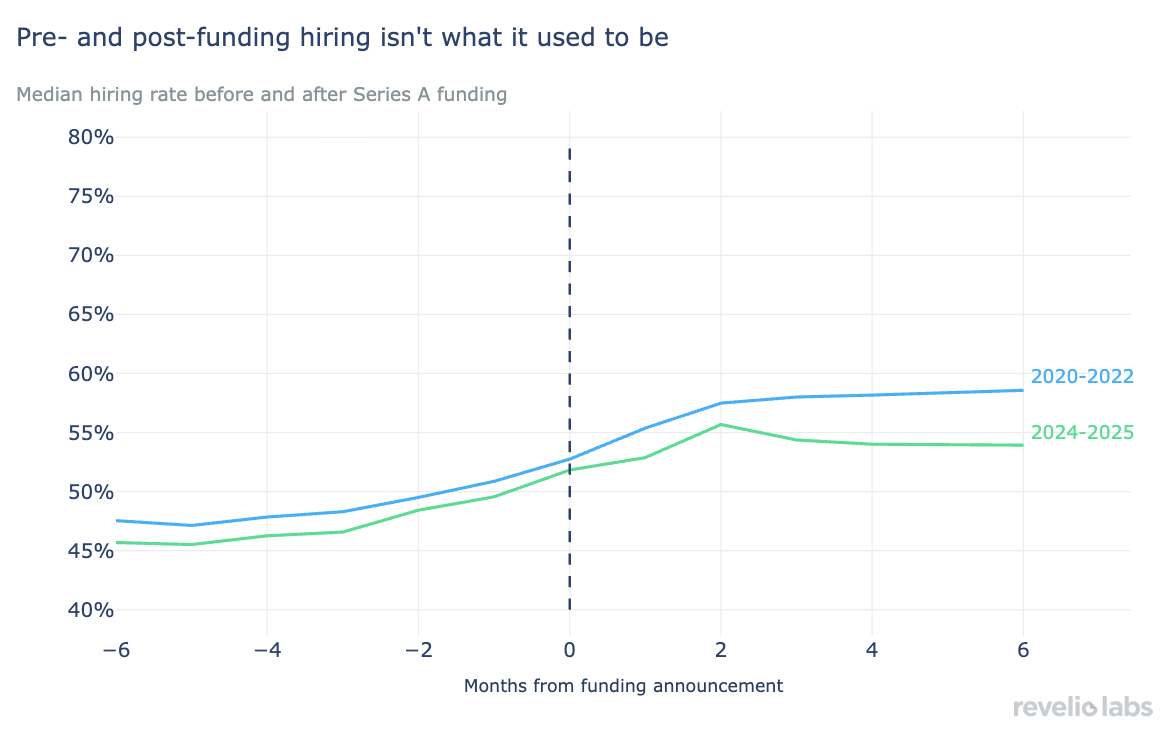
Today’s startups seem to promise more with less. Even as funding rounds continue to grow, teams are leaner than they were just a few years ago, a sign that both founders and investors are prioritizing efficiency—whether driven by AI tools and automation or more disciplined spending. To the extent that this trend is driven by returns to AI and automation, there is a broader productivity story at play in which each worker now contributes more output per dollar of investment. If this path continues, the next generation of fast-growing companies may be defined not by rapid headcount expansion, but by smaller teams achieving more with every dollar raised.


